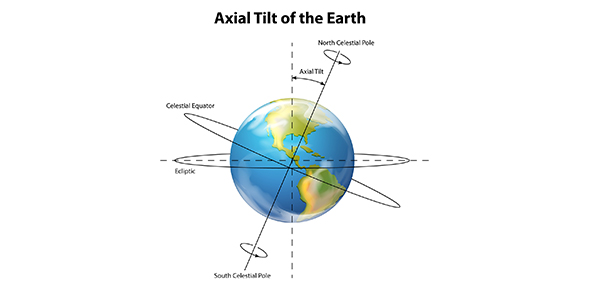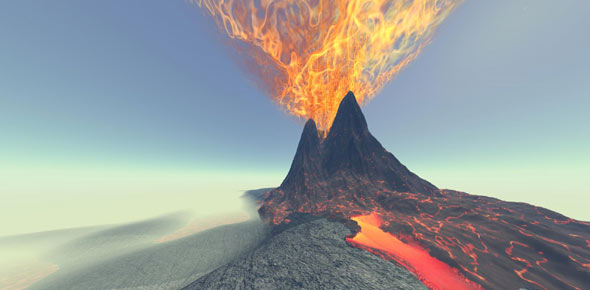Related Flashcards
Related Topics
Cards In This Set
| Front | Back |
|
Combined genetic information of all the members of a particular population.
|
Gene pool
|
|
Number of times an allele occurs in a gene pool compared with the number of times other alleles occur.
|
Relative frequency
|
|
Trait controlled by a single gene.
|
Single-gene trait
|
|
Trait controlled by two or more genes.
|
Polygenic trait
|
|
Form of natural selection in which the entire curve moves; occurs when individuals at one end of a distribution curve have higher fitness than individuals near the middle.
|
Directional selection
|
|
Form of natural selection by which the center of the curve remains in its current position; occurs when individuals near the center of a distribution curve have higher fitness than individuals at either end.
|
Stabilizing selection
|
|
Form of natural selection in which a single curve splits into two; occurs when individuals at the upper and lower ends of a distribution curve have higher fitness than individuals near the middle.
|
Disruptive selection
|
|
Random change in allele frequencies that occurs in small populations.
|
Genetic drift
|
|
Change in allele frequencies as a result of the migration of a small subgroup of a population.
|
Founder effect
|
|
Principle that allele frequencies in a population will remain constant unless one or more factors cause the frequencies to change.
|
Hardy-Weinberg principle
|
|
Situation in which allele frequencies remain constant.
|
Genetic equilibrium
|
|
Formation of a new species.
|
Speciation
|
|
Separation of species or populations so that they cannot interbreed and produce fertile offspring.
|
Reproductive isolation
|
|
Form of reproductive isolation in which two populations have differences in courtship rituals or other types of behavior that prevent them from interbreeding.
|
Behavioral isolation
|
|
Form of reproductive isolation in which two populations are separated physically by geographic barriers such as rivers, mountains, or stretches of water.
|
Geographic isolation
|








